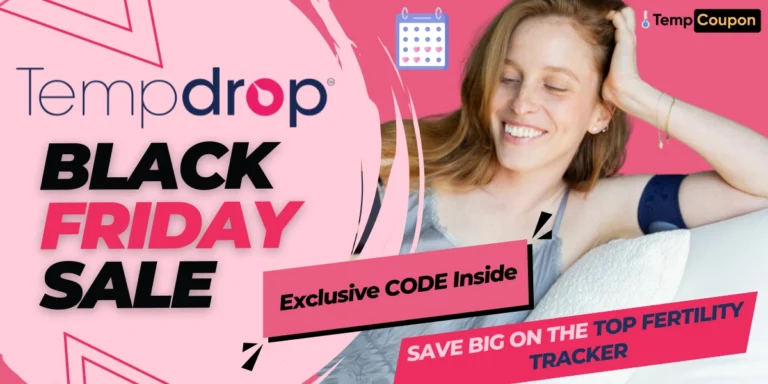Fertility Trackers Compared: Tempdrop vs OPKs vs Apps vs Rings
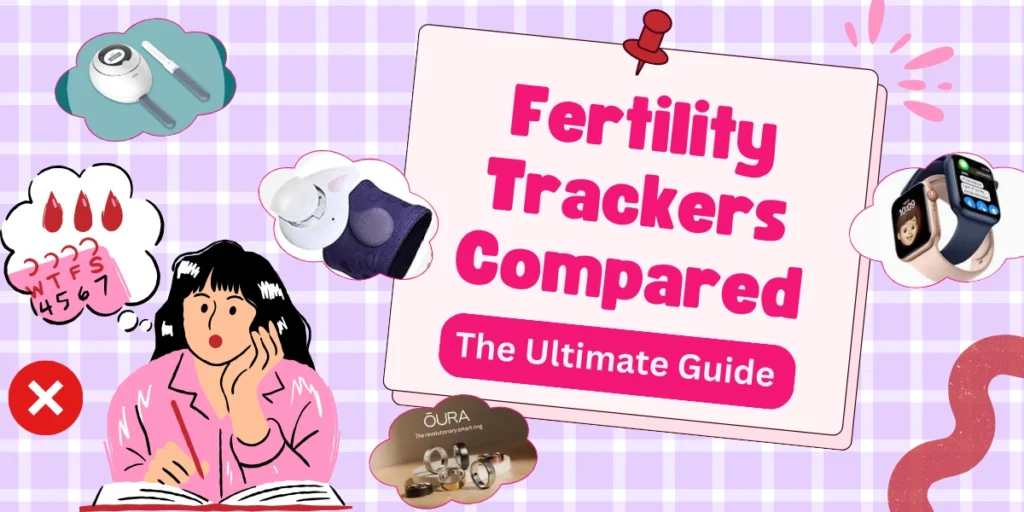
Fertility trackers range from $2.99 monthly apps to $400+ hormone monitors, but most fail irregular cycles completely. Five main fertility tracker types exist: calendar apps, OPKs, hormone monitors, general wearables, and BBT sensors like Tempdrop.
This comparison breaks down exactly how each category works, their real costs, and who they're designed for.
What Are the 5 Types of Fertility Trackers?
Method #1: Calendar-Based Apps (Flo, Clue, Period Tracker)
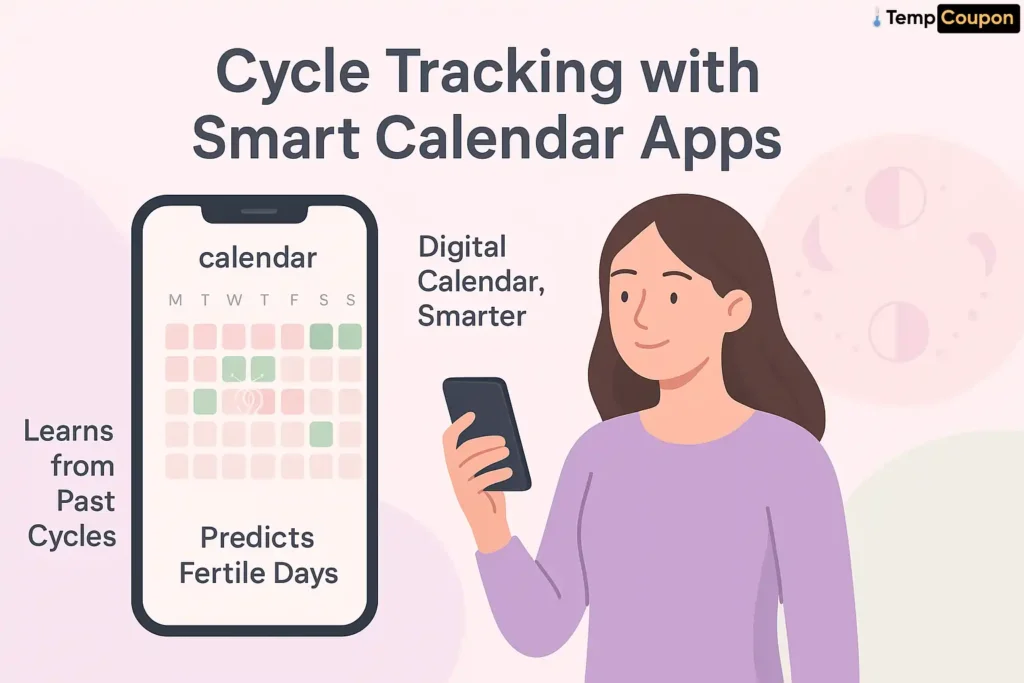
How calendar apps work: These smartphone applications use predictive algorithms based on historical cycle data to estimate future fertile windows. They function as digital calendars learning from past menstrual patterns.
The good stuff:
The not-so-good:
Best for: Women with clockwork-regular 28-30 day cycles who want basic period predictions. If your cycle varies by more than 2-3 days monthly, skip these entirely.
Reality check: A 2024 study found calendar apps were only 21% accurate at predicting ovulation for women with irregular cycles. That's worse than flipping a coin.
Method #2: Ovulation Predictor Kits (Clearblue, First Response)
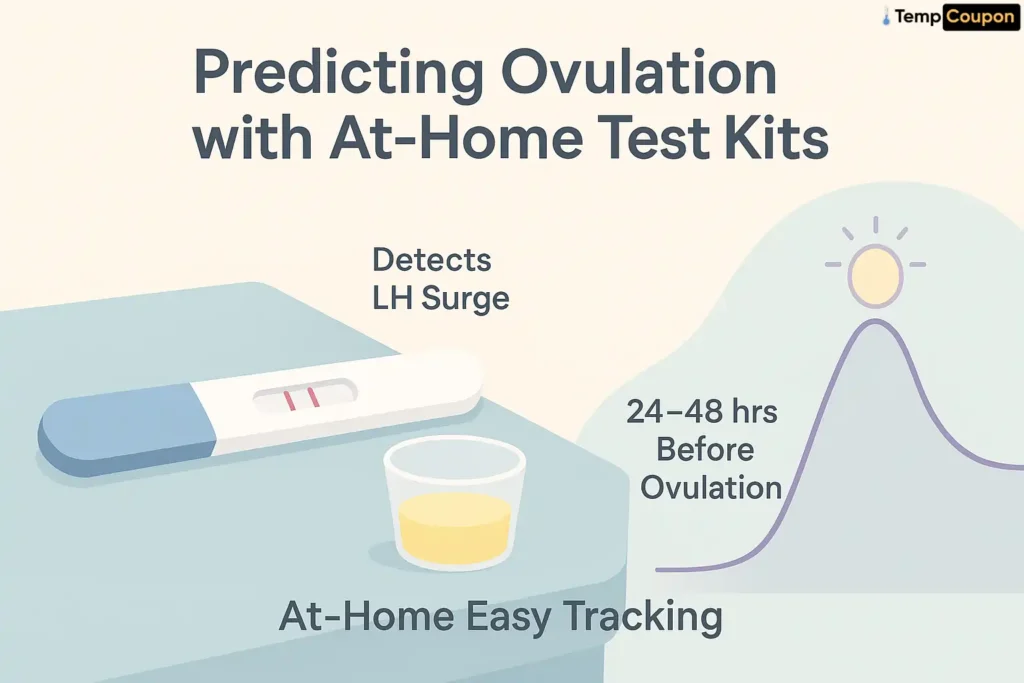
How they work: These urine test strips detect the surge in Luteinizing Hormone (LH) that typically occurs 24-48 hours before ovulation. You pee on a stick, wait for results, and look for the positive surge.
The good stuff:
The not-so-good:
Best for: Regular cyclers wanting to pinpoint their LH surge as part of a broader fertility awareness practice. Excellent supplementary tool but shouldn't be your only method.
Money reality: At $25 per cycle, you're looking at $300 annually. That's more than many premium fertility monitors cost upfront.
Method #3: Hormone Monitors (Mira, Inito, Clearblue Fertility Monitor)
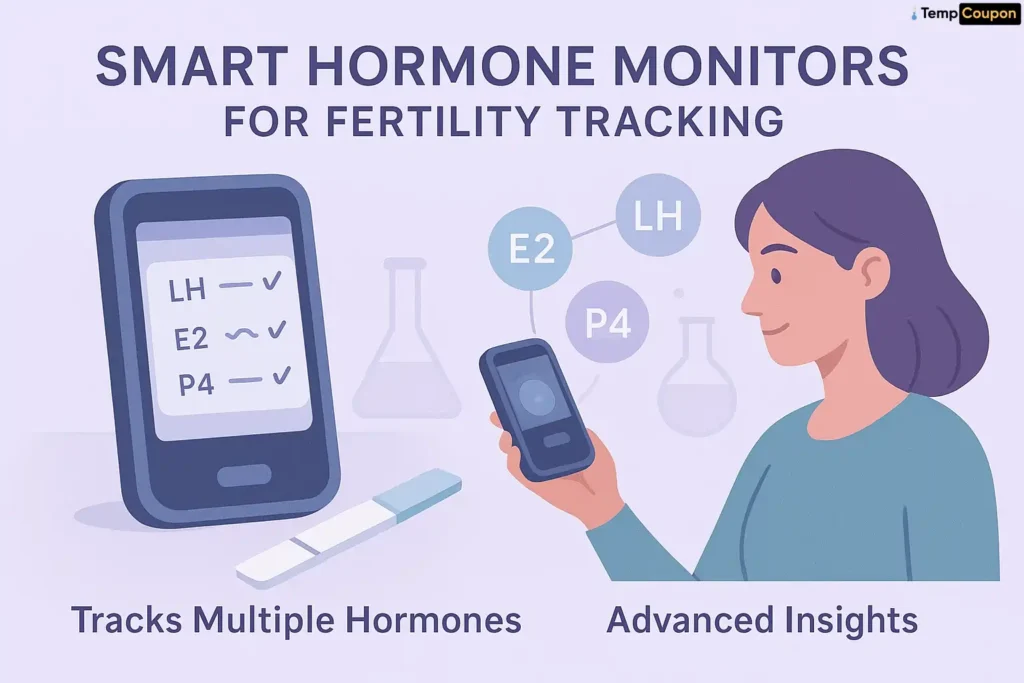
How they work: Advanced devices that quantitatively measure multiple fertility hormones (LH, estrogen, progesterone metabolites) in your urine. Think of them as mini laboratories for your bathroom.
The good stuff:
The not-so-good:
Best for: Data enthusiasts with substantial budgets who want comprehensive hormonal insights. Particularly valuable for those with fertility concerns requiring detailed monitoring.
Budget breakdown: Initial device ($399) + monthly wands ($80-$120) = $1,200+ annually. That's serious money for hormone tracking.
Method #4: Other Wearables (Oura Ring, Ava Bracelet, Apple Watch)
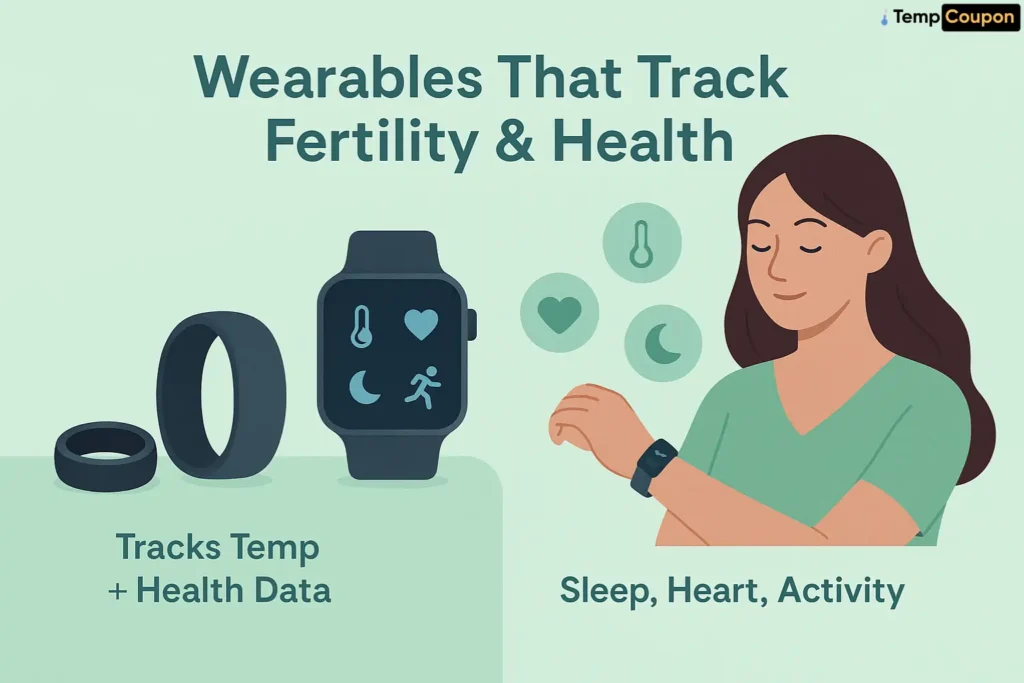
How they work: Multi-purpose fitness trackers that monitor skin temperature alongside other metrics like heart rate, sleep quality, and activity levels. They attempt to identify fertility patterns within broader health data.
The good stuff:
The not-so-good:
Best for: General wellness enthusiasts who want some fertility awareness as part of broader health tracking. Don't expect medical-grade fertility insights.
Subscription reality: That $9.99 monthly fee adds $120 annually to your already expensive wearable investment.
Method #5: Wearable BBT Sensor (Tempdrop)
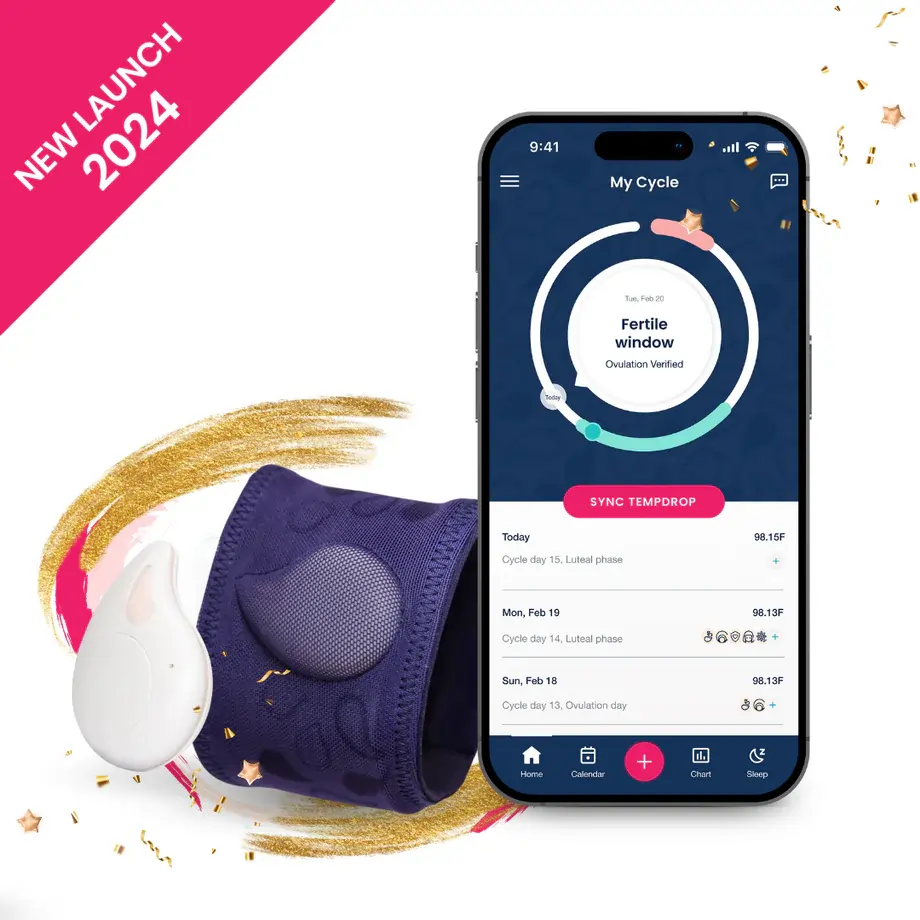
How they work: Tempdrop represents a unique category – a specialised device worn on your upper arm throughout the night that continuously monitors your core body temperature. Its proprietary algorithm filters out disturbances to determine your true basal body temperature (BBT), the gold standard biomarker for confirming ovulation.
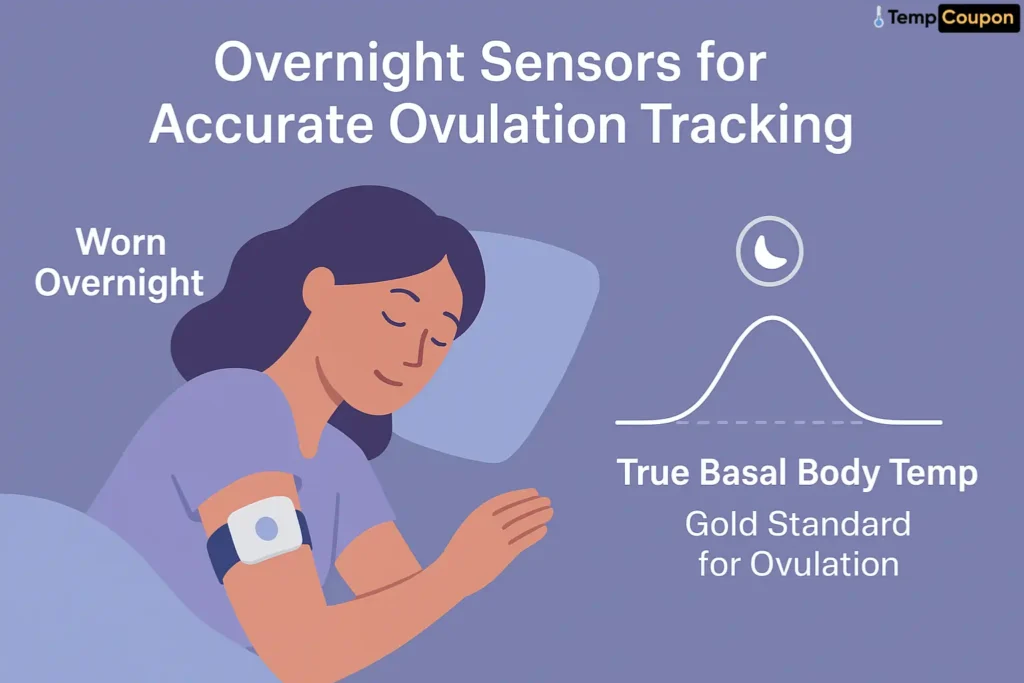
The good stuff:
Save 10% on Tempdrop – Effortless BBT Tracking While You Sleep!
Apply code FRIEND-LZBF3H9 to get 10% OFF Tempdrop, the smart wearable that records your temperature overnight and gives you accurate BBT readings automatically.
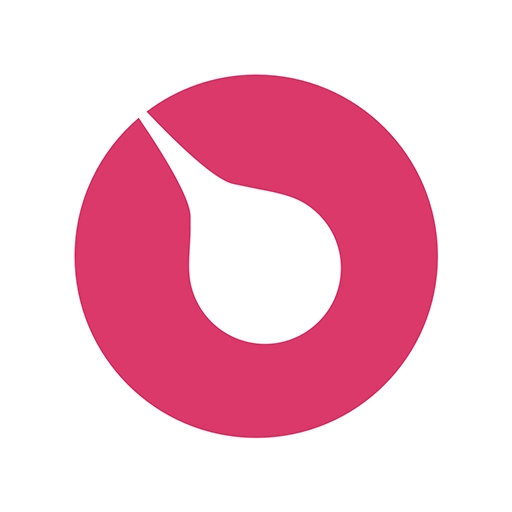
Use Code 🎁
The not-so-good:
Best for: Anyone serious about fertility awareness method (FAM), especially those with irregular cycles, PCOS, or disrupted sleep patterns. The gold standard for ovulation confirmation.
Investment perspective: One-time cost of $199 (use code FRIEND-LZBF3H9 for 10% OFF) versus hundreds annually on disposable tests. The maths speaks for itself.
The Ultimate Fertility Tracker Comparison
| Feature | Calendar Apps | OPKs | Hormone Monitors | General Wearables | Tempdrop |
|---|---|---|---|---|---|
| Primary Biomarker | Historical patterns | LH surge | Multiple hormones | Skin temperature | Core body temperature |
| Main Function | Predicts cycles | Predicts ovulation | Predicts & confirms | General health tracking | Confirms ovulation |
| Irregular Cycles | Poor | Challenging | Excellent | Moderate | Excellent |
| PCOS Friendly | No | Poor (false positives) | Good | Moderate | Excellent |
| Daily Effort | Very low | Moderate (testing) | High (daily tests) | None (automatic) | None (wear overnight) |
| Ongoing Costs | $2.99-$6.99/month | $20-$35/cycle | $80-$120/month | $5.99-$19.99/month | None |
| Upfront Investment | Free-$9.99 | $15-$40 | $250-$500 | $200-$600 | $199 |
| Data Quality | Predictions only | Yes/No results | Quantitative levels | General trends | Precise daily BBT |
| Sleep Disruption Tolerance | N/A | N/A | N/A | Poor | Excellent |
How to Choose the Right Fertility Tracker?
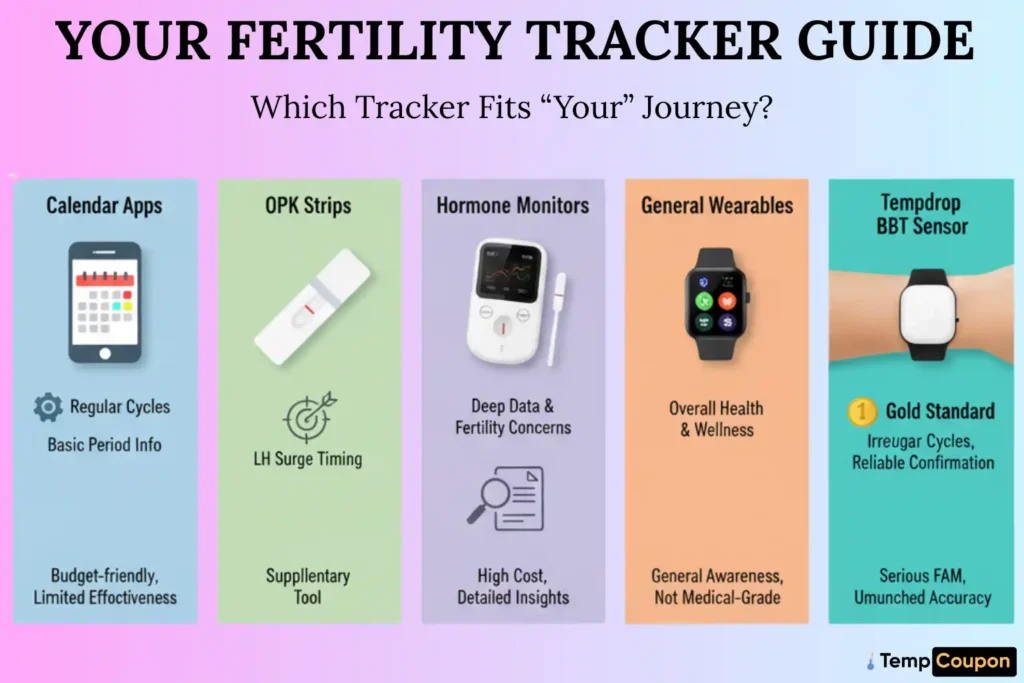
The “best” fertility tracker isn't about the fanciest features or biggest marketing budget – it's about matching the right tool to your specific situation and goals.
Choose calendar apps if: You have perfectly regular cycles, just want period predictions, and aren't particularly concerned about precise ovulation timing. Budget-friendly but limited effectiveness.
Choose OPKs if: You have regular cycles and want to identify your LH surge for timing purposes. Excellent as a supplementary tool within broader fertility awareness practice.
Choose hormone monitors if: You love detailed data, have a substantial budget for ongoing costs, and want comprehensive hormonal insights. Best for those investigating fertility concerns with professional guidance.
Choose general wearables if: Fertility tracking is just one aspect of broader health monitoring goals. Don't expect medical-grade fertility insights, but useful for general wellness awareness.
Choose Tempdrop if: You're serious about fertility awareness method and want the most reliable ovulation confirmation available. Particularly valuable for irregular cycles, PCOS, shift work, or disrupted sleep patterns.
Fertility Tracker Buying Guide: Key Questions
What is the most accurate fertility tracker?
Tempdrop provides the most accurate ovulation confirmation through BBT tracking, particularly effective for irregular cycles and PCOS conditions.
How much do fertility trackers cost per year?
Annual costs vary significantly: Calendar apps ($36-$84), OPKs ($300), Hormone monitors ($1,200+), General wearables ($120-$240 in subscriptions), Tempdrop ($199 one-time purchase).
Which fertility tracker works best for PCOS?
Tempdrop and hormone monitors work best for PCOS. OPKs frequently give false positives due to multiple LH surges, while calendar apps are unreliable for irregular cycles.
Why BBT Tracking Is the Gold Standard for Fertility Awareness
Basal body temperature provides the most reliable confirmation that ovulation has occurred – the cornerstone of effective fertility awareness.
Bottom line: Apps guess, OPKs predict, monitors cost $1,200+ annually, but Tempdrop confirms ovulation for $199 one-time. For irregular cycles and PCOS, BBT tracking wins.
Ready to upgrade your fertility tracking? Use code FRIEND-LZBF3H9 for 10% OFF your Tempdrop purchase.

